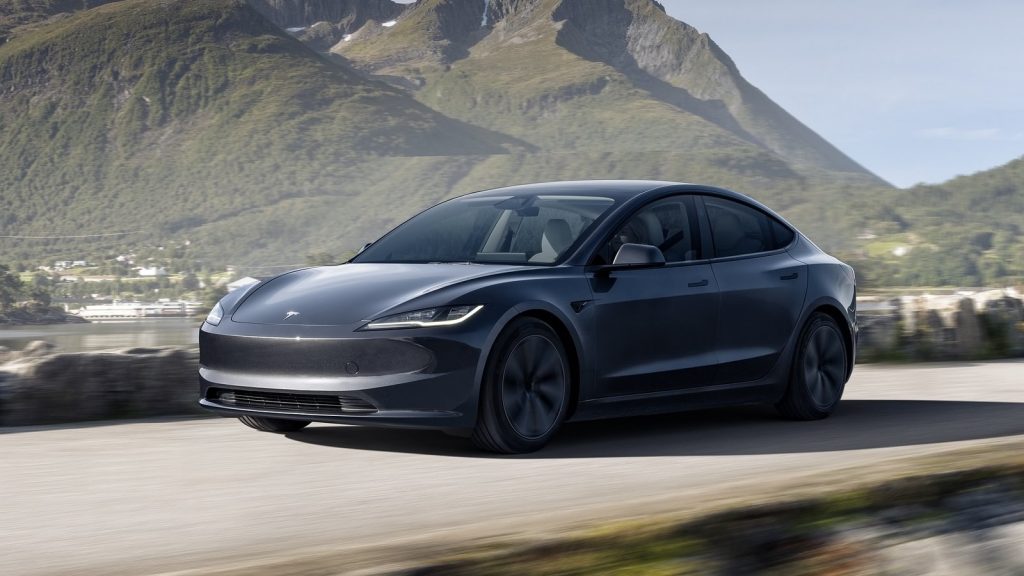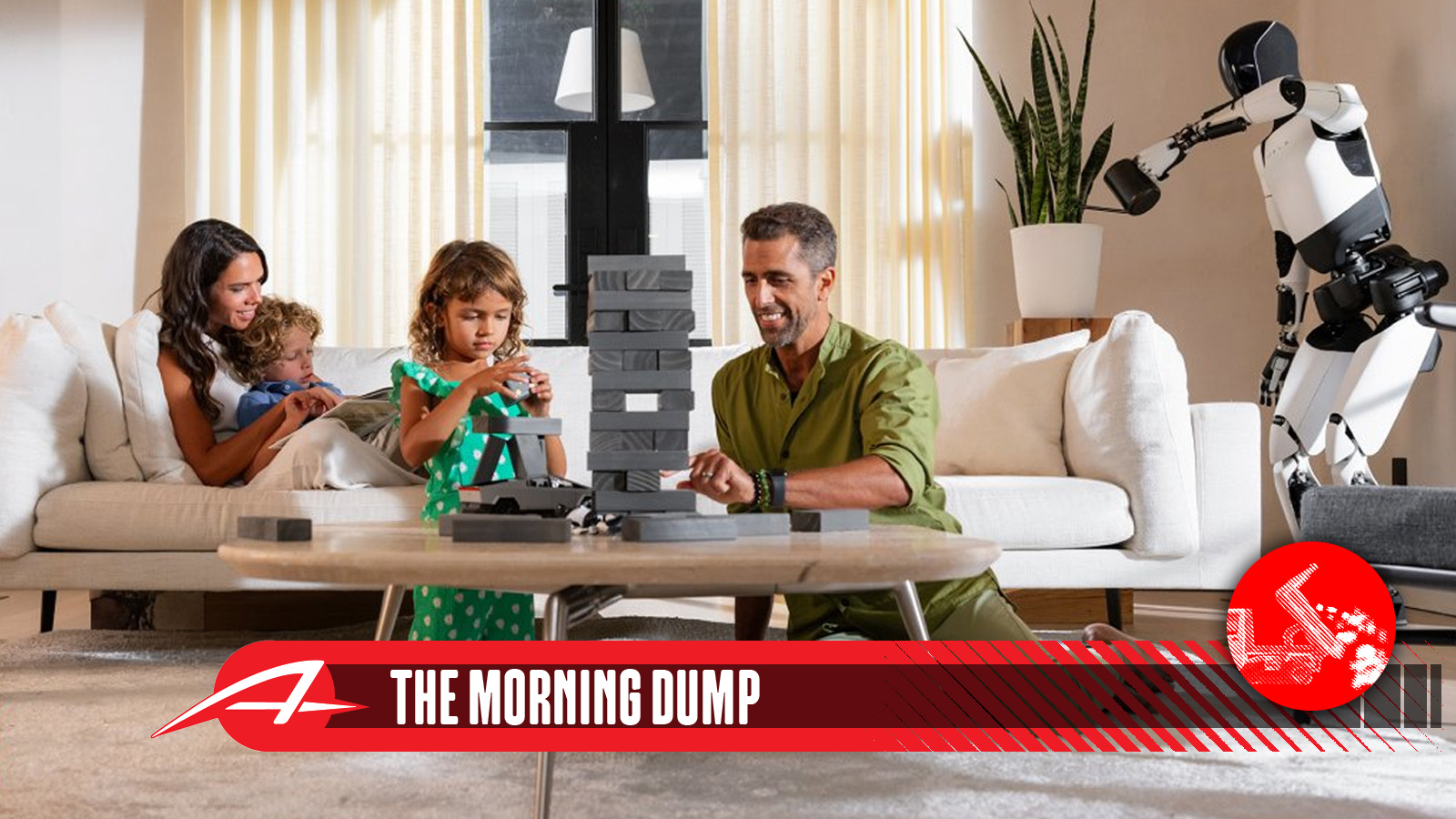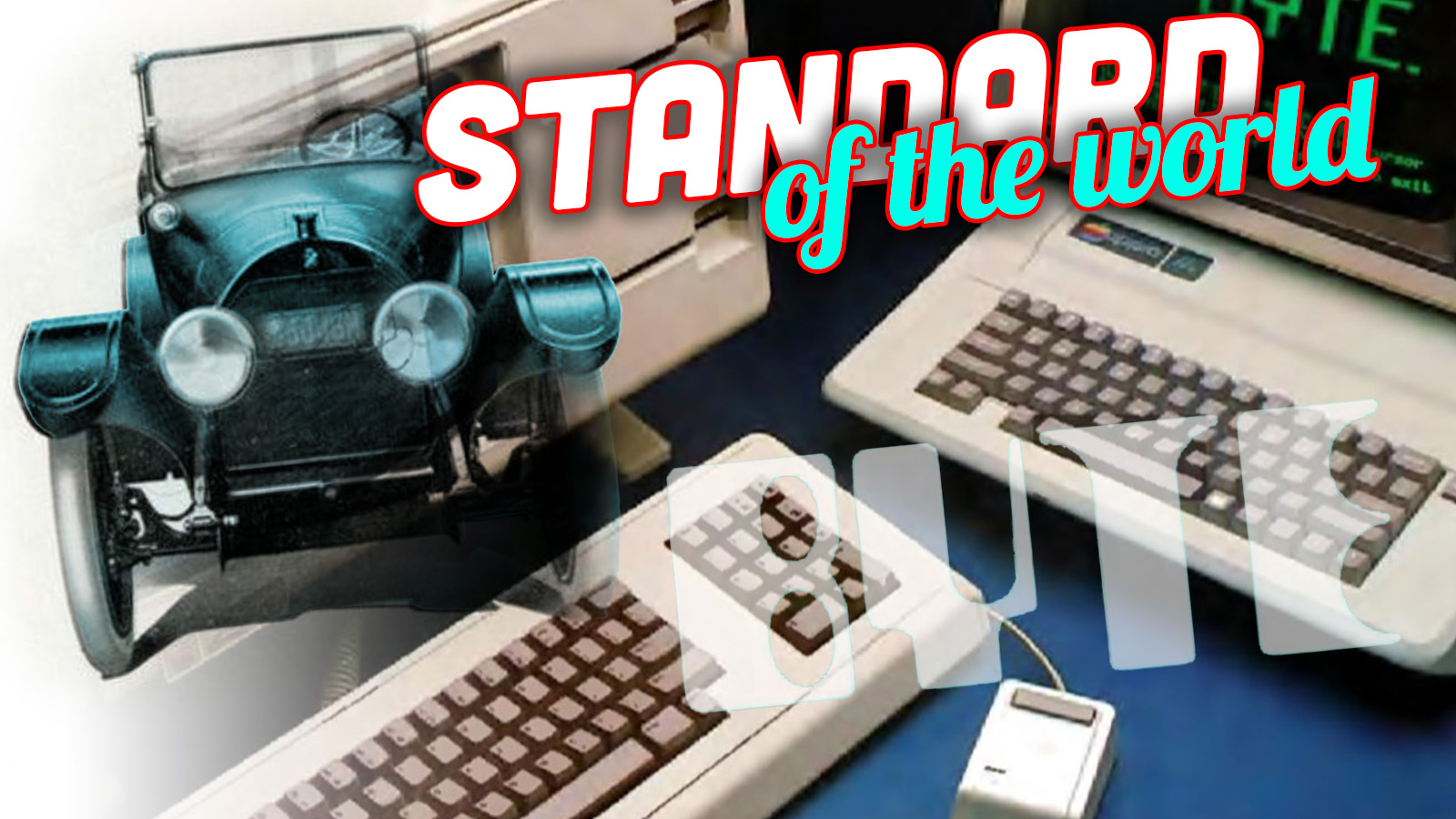The crutch of punditry is that people can be critical of a person or a company, over and over again, and so long as that company fails one time, those writers can be correct and crow about how they were right all along. It is much easier to be a critic of the producer than it is to be the one who produces things for critique. It’s also generally far more rewarding financially to be the producer than the critic, which is how the universe finds balance.
Elon Musk is more successful than I probably will ever be as a businessman and celebrity, so perhaps my critiques are not worth that much. At the same time, Tesla is out with its latest Master Plan and it sounds like mostly meaningless garbage to me. Musk also said this shows that cars will be worth less than 20% of the value of the company, which is a point where we might agree.
That’s good for Tesla, I guess, since the cars keep running into trouble. The latest issue is in India, which was supposed to be a growth area for the company. Maybe not so much. Audi, on the other hand, is looking to grow the value of its car division, and it’s looking to grow in America.
Tariffs have screwed up plans across the globe, and now Mazda is becoming two different companies depending on which market you’re looking at, and I think it’s a loss for American consumers.
ALSO, an important note: We instituted some changes this weekend and, uh, the style sheet got altered somehow. We’re fixing it, so apologies for the bright red text everywhere.
‘~80% Of Tesla’s Value Will Be Optimus’

Tesla likes to release these Master Plans that outline what the future of the company will be. I think this is a good practice for a company to undertake, even if Tesla often misses the mark. It’s far better to aim for something big and miss than it is to fail by never attempting anything ambitious.
The first Master Plan goes back to 2006, and the ideas were sound. Build a sports car, use that money to build something affordable, use that money to build something even more affordable. While not everything in Master Plan 2 was achieved (including the weird Solar City sideline business), the company did preview the Model Y, which was a huge success. Master Plan 3, in 2023, seems to be where things went off the rails a bit.
Master Plan 4 is out and, uh, there’s both a lot here and not a lot here:
This next chapter in Tesla’s story will help create a world we’ve only just begun to imagine and will do so at a scale that we have yet to see. We are building the products and services that bring AI into the physical world.
We have been working tirelessly for nearly two decades to create the foundation for this technological renaissance through the development of electric vehicles, energy products and humanoid robots.
Now, we are combining our manufacturing capabilities with our autonomous prowess to deliver new products and services that will accelerate global prosperity and human thriving driven by economic growth shared by all.
We are unifying our hardware and software at scale, and in doing so, we are creating a safer, cleaner and more enjoyable world.
This is sustainable abundance.
The topshot. Is that AI? Why is there an indoor lamp outside? What is going on here?
Whatever. I have said this before, but Elon Musk doesn’t want to be CEO of a car company, because a car company is boring and not, ultimately, as valuable as a company that does AI/Robots, et cetera. Musk said basically the same thing in a response to this tweet:
Those are the biggest factors.
~80% of Tesla’s value will be Optimus.
— Elon Musk (@elonmusk) September 1, 2025
Logically, if the Optimus robot is worth 80% of the value of the company, then cars are worth less than 20%.
This might be a sincere and thoughtful vision from the company, but given recent promises and the current environment, it is also mostly indiscernible from something a struggling company might do to prop up the sky-high valuation of its own stock. It’s not a good sign when your platitudes about the future sound an awful lot like Faraday Future.
I am not alone in this feeling. Here’s Electrek’s Fred Lambert (who, it’s worth mentioning, is rather critical of Tesla these days) on MPP4:
Tesla is lost as a company. This is a bunch of utopic nonsense, complete with AI “abundance” buzzwords that Grok could have easily written.
Elon’s first two master plans were straightforward, featuring clear, actionable steps and a well-defined product roadmap.
In comparison, this is opium meant for Tesla shareholders to get their fix of potential “infinite growth” as an AI stock. It’s not real.
While we wait for fully functioning robots and truly self-driving cars, there are still Teslas to be sold. Just maybe not in India.
Tesla Only Sold 600 Cars In India

Looking at the global picture, Tesla is sliding in the United States, cratering in Europe, and having trouble in China. Where could it possibly expand? For a moment, India seemed like a potential growth market for the company, as Elon Musk was friends with President Trump and President Trump was friends with Indian Prime Minister Narendra Modi.
It doesn’t seem like Musk/Trump is a friendship that’s cherished by either anymore, and President Trump and PM Modi are also at odds.
How is Tesla doing since its launch in India? The company has delivered just 600 cars, which means it’ll likely be short of its goal, according to Bloomberg:
The company had originally aimed to utilize its full 2,500-car annual quota this year, Bloomberg News reported earlier.
While the company was banking on its brand power and its chief executive officer’s once-cozy ties with Donald Trump to break into India’s nascent EV sector, Musk’s public fallout with the US President, deteriorating bilateral ties, high local import taxes and the harsh reality of a price-sensitive market have unraveled that equation.
Tesla’s cheapest car is almost three times more expensive than comparable models, and that’s only going to get worse, according to this Reuters report:
An Indian tax panel has proposed steep increases in consumer levies on luxury electric cars priced above $46,000, a government document showed, a move that could impact sales of carmakers such as Tesla, Mercedes-Benz, BMW and BYD.
Prime Minister Narendra Modi is aiming to reform India’s tax system and is pushing Indians to buy more domestic goods just when relations with the United States have soured due to high tariffs. His government has recommended hefty cuts in the goods and services tax (GST) that could make everything from shampoos to electronics cheaper.
The key panel tasked with making rate suggestions to India’s powerful GST Council has backed sweeping cuts to many items in line with Modi’s overhaul, but it has called for raising taxes on electric cars, the document detailing its recommendations showed.
Yeah, alright, screw it. Robots!
Audi’s Master Plan Is: Sell More Cars

It’s been a rough few years for Audi, in no small part because Tesla replaced it as the cool, tech-forward car to have. The company also doesn’t make any cars in the United States, and its main seller here isn’t USMCA-compliant.
So what’s a company to do? According to Reuters, there’s no “quit” in Audi, although there is a “U” and an “I.”
Audi could target long-term annual sales of at least 2 million cars, up a fifth from 2024, under a new strategy the premium brand is expected to release later this year, according to a person close to the matter.
The potential target would be an annual record for Audi and points towards a more aggressive approach after some tough years that have seen its sales slip.
When is it supposed to hit 2 million sales as a brand? No one knows. How is it supposed to do it? Also, no one knows. Maybe a new Audi TT will help.
A Tale Of Two Mazdas

I have always thought of Mazda as a company that has continued to carry the torch for smaller, sportier, and generally more premium-feeling affordable cars. In this new tariff environment, it seems like Mazda is going to continue that practice, albeit with a different mix of values for different markets.
As an export-heavy company that sells most of its cars outside of Japan while building many of them inside the country, Mazda has left itself open to being a huge victim in the current trade war. The solution seems to be that it’ll try to sell more high-margin, expensive vehicles in the United States at the expense of more affordable small cars. In Japan, it’ll sell more affordable small cars.
Here’s how Hans Griemel describes the plan:
The sudden slowdown in Japan underscores how tariffs are biting harder and forcing a strategy shift at export-dependent Mazda. CEO Masahiro Moro has pledged to restore profitability partly by focusing on higher-margin vehicles, as Mazda fights back from a quarterly loss in the April-June period.
[…]
Mazda, which derives 90 percent of its global sales from outside its home market, said in June it wants to boost sales at home by about a third to buffer the blow from U.S. tariffs.
It seems to be pushing lower-margin vehicles in Japan to offset slower sales of those products overseas. In Japan, Mazda2 sales increased 62 percent in July as Mazda3 sales climbed 18 percent.
Building as many vehicles in the only factory it has in the United States makes sense, though I think Mazda risks getting stuck in extremely competitive categories instead of owning less competitive ones.
What I’m Listening To While Writing TMD
Via Dan Roth, here’s Melissa Carper with “1980 Dodge Van,” which is the only song I know about focused on the 1980 Dodge Van.
The Big Question
What’s your automotive master plan?
Photo: Tesla








sure it will be available for $750/month at 5.99% APR for 84 months.
but hey, those who live in this mirage credit card life sure will not give 2 fucks.
those who can actually afford it, they have live sla….people working for them already
If the domestic humanoid robot ever becomes an actual product sector I wonder what the annual rate of them being mistaken for an intruder and shot by a groggy half-asleep but panicing homeowner will be.
80% smoke and mirrors / 20% celebrity. FIFY
In all honesty, I’m a simple man. Two cars: a comfortable and reliable daily, and a fun weekend cruiser that wouldn’t panic at a track day.
<insert any Toyota here> + Mustang GT or higher
<insert any Toyota here> + Mini JCW
I’d be happy for the rest of my days with either of those scenarios.
The robotics business becoming 80% of the company ≠ the robotics business will grow.
Master Plan:
Keep Van and Forester alive for ten more years.
Fix house enough to justify Saab 900 purchase.
Getting this out of the way: Elon is, and always has been IMO, a d-bag egoist who, truth be told, really doesn’t seem to have more than an average intelligence at best. His personal financial success is absolutely not a measure of his actual intelligence. I don’t care if Tesla (or any Elon brand) makes cars or robots or whatever… I’ve never been and won’t be a customer and to be honest, my life is better for it IMO, because I can look myself in the mirror knowing that none of my hard-earned cash goes to him and his nonsense.
On to something more important to me personally: Mazda. I’ve only owned a couple of Miatas, but I like most of their products over the past couple of decades. It’d be a shame if the U.S. didn’t get their smaller/cheaper offerings, because the Mazda 2 has been a very appealing little affordable car ever since just after the last generation of it that we got here. The Scion iA aka Toyota Yaris iA is a very good little car, and probably the cheapest/best value car on my ‘to own’ list by far. I’d love Mazda to bring the current 2 to America, even if it wasn’t quite as cheap as an entry level Nissan… I think enough buyers would be willing to pay 10-15% more for those Mazda qualities.
I don’t need the justification of my own political views to avoid buying a Tesla/Elon product. If the CEO of any car company puts my vehicle at even a slightly elevated risk of getting keyed, I will simply not buy their product.
I agree on the Mazda 2. A friend managed to snag a closeout Scion iA for a good deal, and it makes a remarkable case for itself. It is a noticeably well put together car. I’d consider it against the Civic, even though it is a size class down. Also, it gets roughly the same MPG being a conventional gas vehicle as the (admittedly larger) Civic Hybrid. Saw a bunch of them when I visited Latin-America and it was certainly one of the many vehicles I looked longingly at. @Mazda USA, please give us the Mazda2, please refresh the Mazda3, and please keep the infotainment puck.
Once you understand Musk has a singlar goal of extraplanetary exploration and colonization almost everything he does sans drug fueled rants and rage makes sense. He needed to further bev tech for such things he also probably saw it at least stumbled upon a way or to game the system on multiple levels. Tesla really at its heart is an energy company they manufacture power systems and sell and facilitate the sale of energy they do auto manufacturing and allegedly are in AI and robotics and are a fabless semiconductor manufacturer. If Teslas cars aren’t selling he could very well pull a GE and separate things out in bizzar corporate structures to optimize his stock price.
My automotive master plan starts with our upcoming move. We’re staying in the same city, but want a couple of acres as opposed to our postage stamp lot with houses less than 20 feet apart. Goal is to find a new place with some more garage space, so I can finally tear down my ’72 Super Beetle and send the body/pan off for rust repair, while I deal with all the other components.
Otherwise, our dailys aren’t going anywhere. My ’14 Sportwagen TDI is paid off and I’ve been working on making upgrades to it. My fiancee’s ’18 Mazda3 will be his daily driver for the foreseeable future, 80k+ miles and not one single issue.
In the longer term, once the Beetle gets sorted out, I want to get my fiancee a classic car of his own. This will need to be a running, driving vehicle. He’d love an Edsel but idk if I would be able to swing that, even in hypothetical future money. Lots of time before then, but if we can afford it I would love to make that happen for him.
Years ago, I postulated Tesla just wanted to be an energy company…the charging network fits into that. I foresaw them selling off the automotive division, or at the very least, being a producer of a universal ‘rolling chassis’ for sale to other automotive manufacturers. Now he’s taking yet another tangent with robots, taxis, tunnels and who knows what else.
Re: Optimus: If it was legit, like, if it actually did ALL of the household chores, I think that our family would be willing to shell out luxury car prices for something like that, assuming it had an expected lifespan of at least 15 years. My wife and I spend SO MUCH TIME taking care of the house and the kids that there’s often just not much time for anything else. Having a Rosie the Robot type assistant would be worth a lot to us. Maybe not $100k. But definitely somewhere in the $70K range. And, while we live pretty comfortably, we’re not anywhere near the 1% range.
But I think that having a truly functional robot butler is a very large hill for Tesla to climb. Years and years away from being possible.
You’d have to buy “Full Self Cleaning” mode for an extra $15k and it would never actually do any cleaning without you having to take over regularly.
Given the direction Elon is taking his AI, I would assume that a “Happy Ending” mode is more likely than one that cleans anything.
Musky knows it’s over. It’s so obvious, even he gets it.
In the past ~year I’ve bought a new hosue and a new truck, so my master plan is to not make any major purchases for a few years.
Hoping the Prius can make it to at least 250k, which should be helped by needing to put a few more miles on the truck to make sure it hits the end of the warranty period for both miles and years at about the same time.
The Corvette may need some work. There’s a minor oil leak, and some sort of issue in the rear end. I’m hoping new wheel bearings will fix the latter.
Oh, and I have two chipped/cracked windshields that I need to get off my butt and have fixed.
My Master Automotive Plan has two parts, cars and travel. Cars:
Travel:
Uhh, this is a pretty great plan.